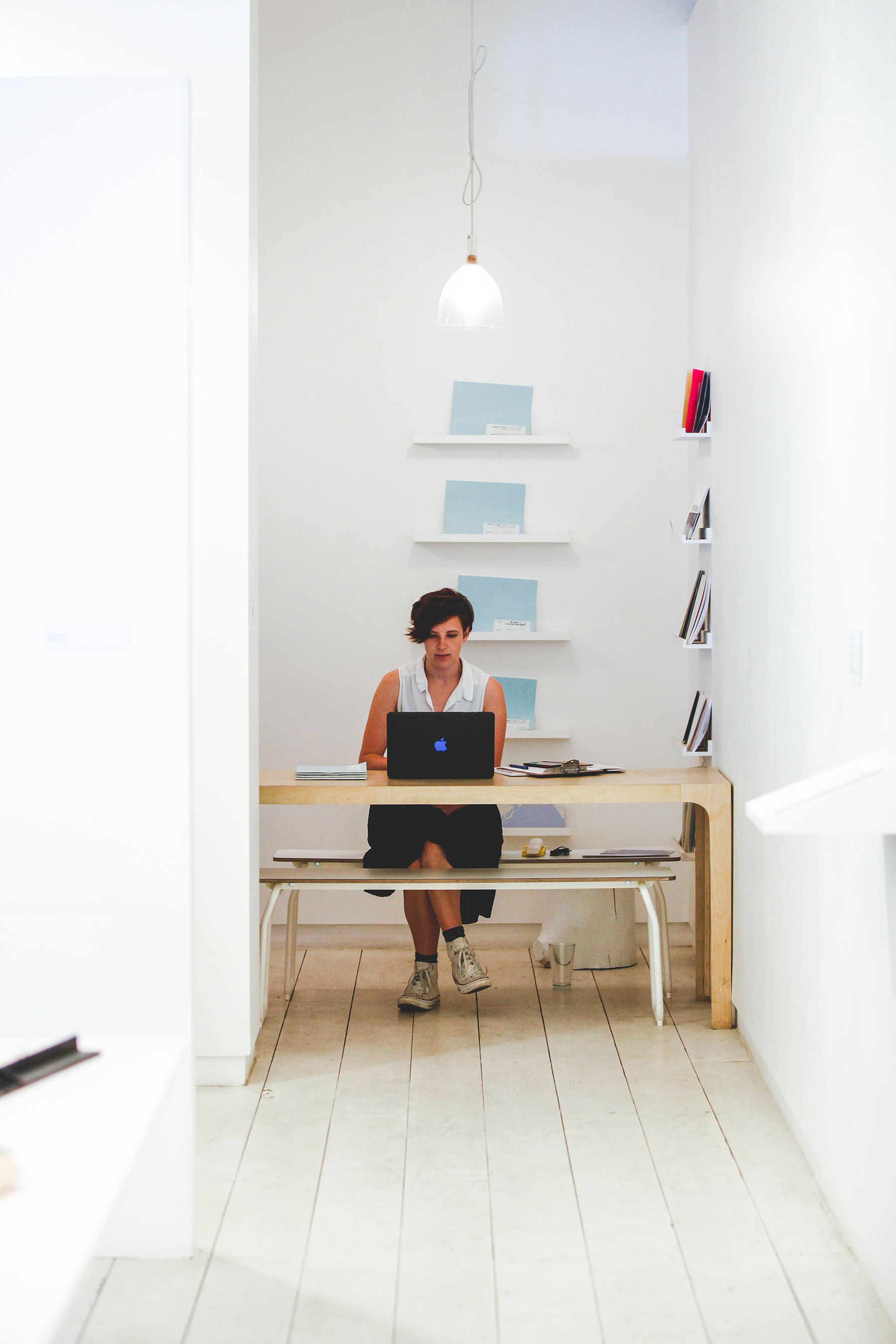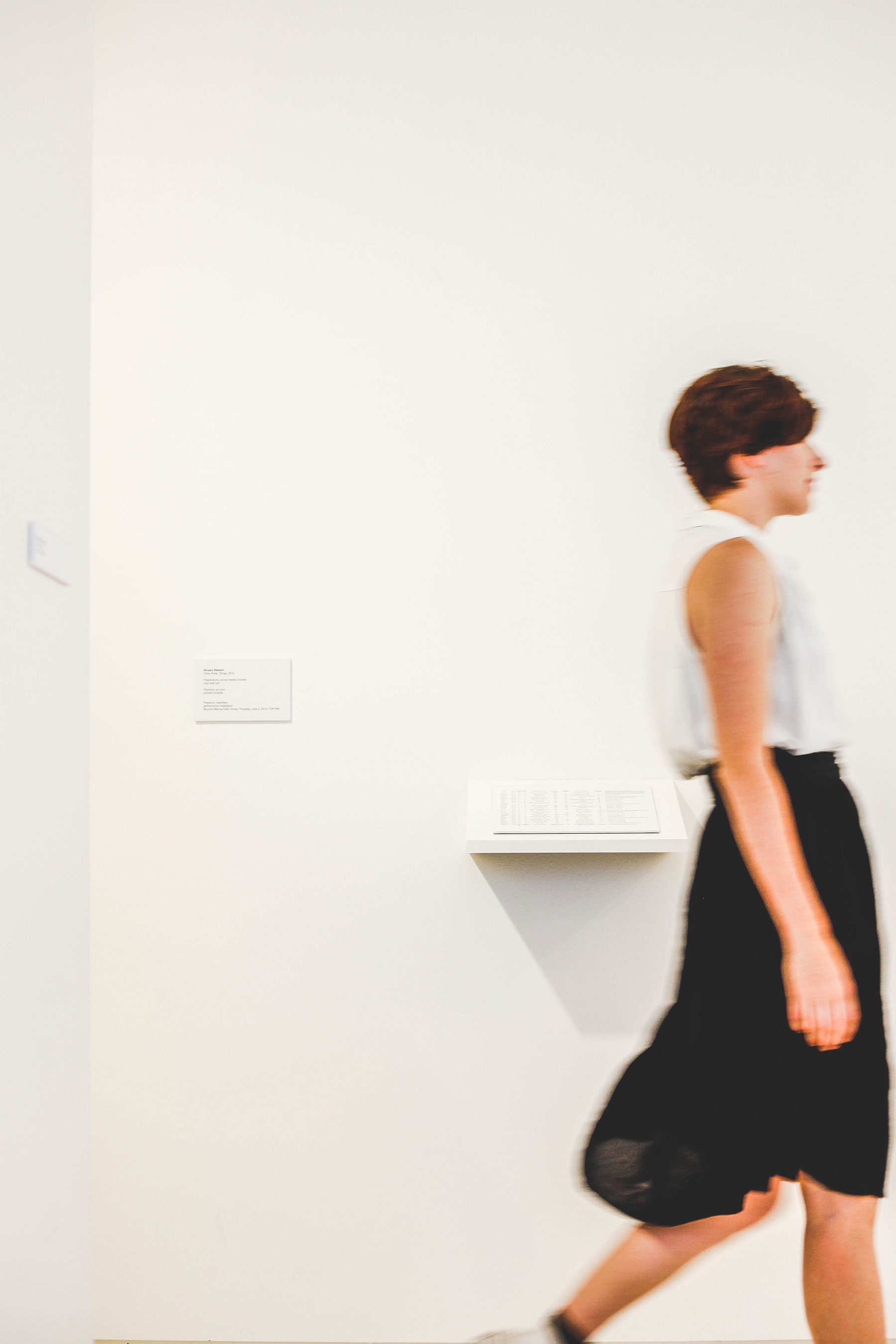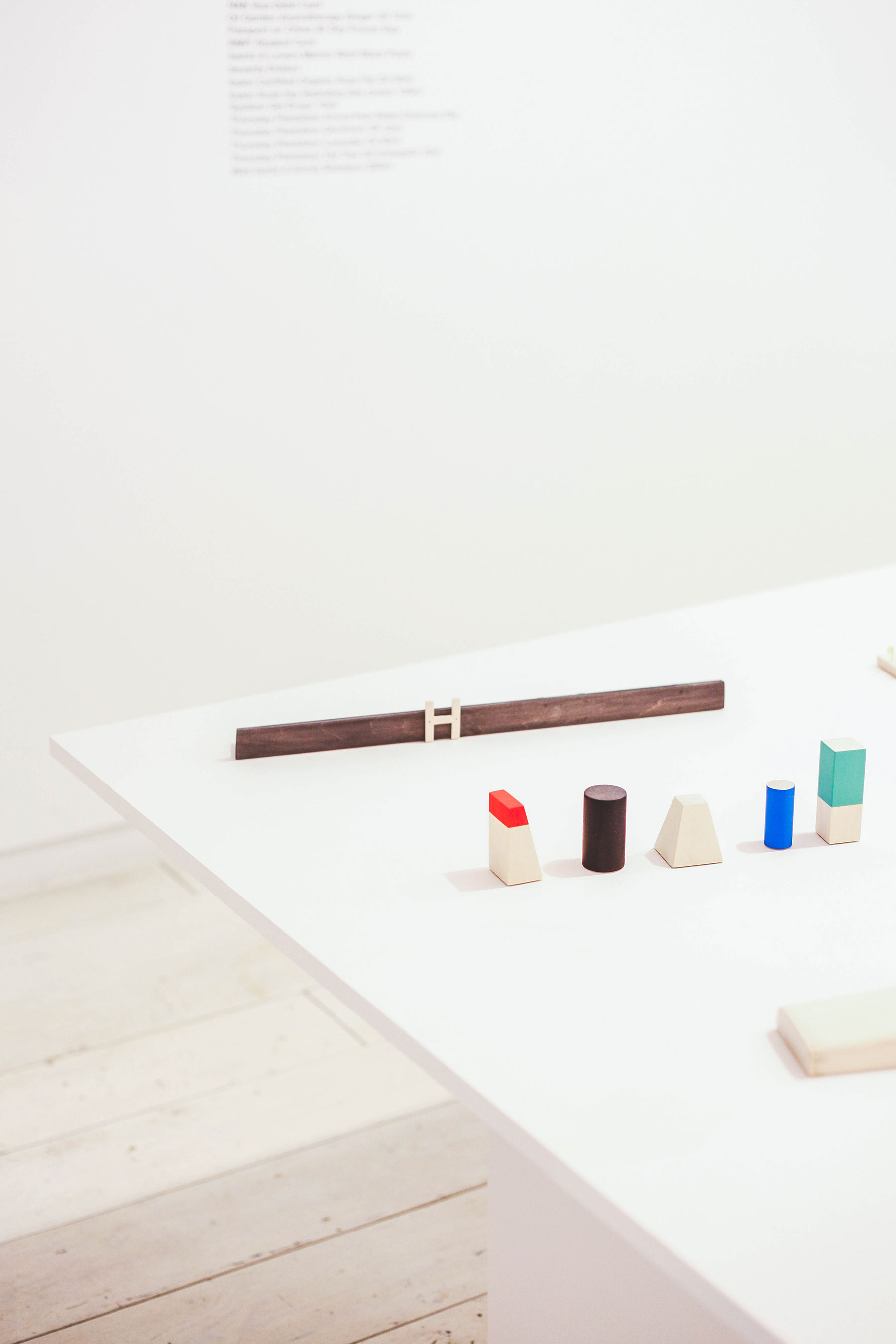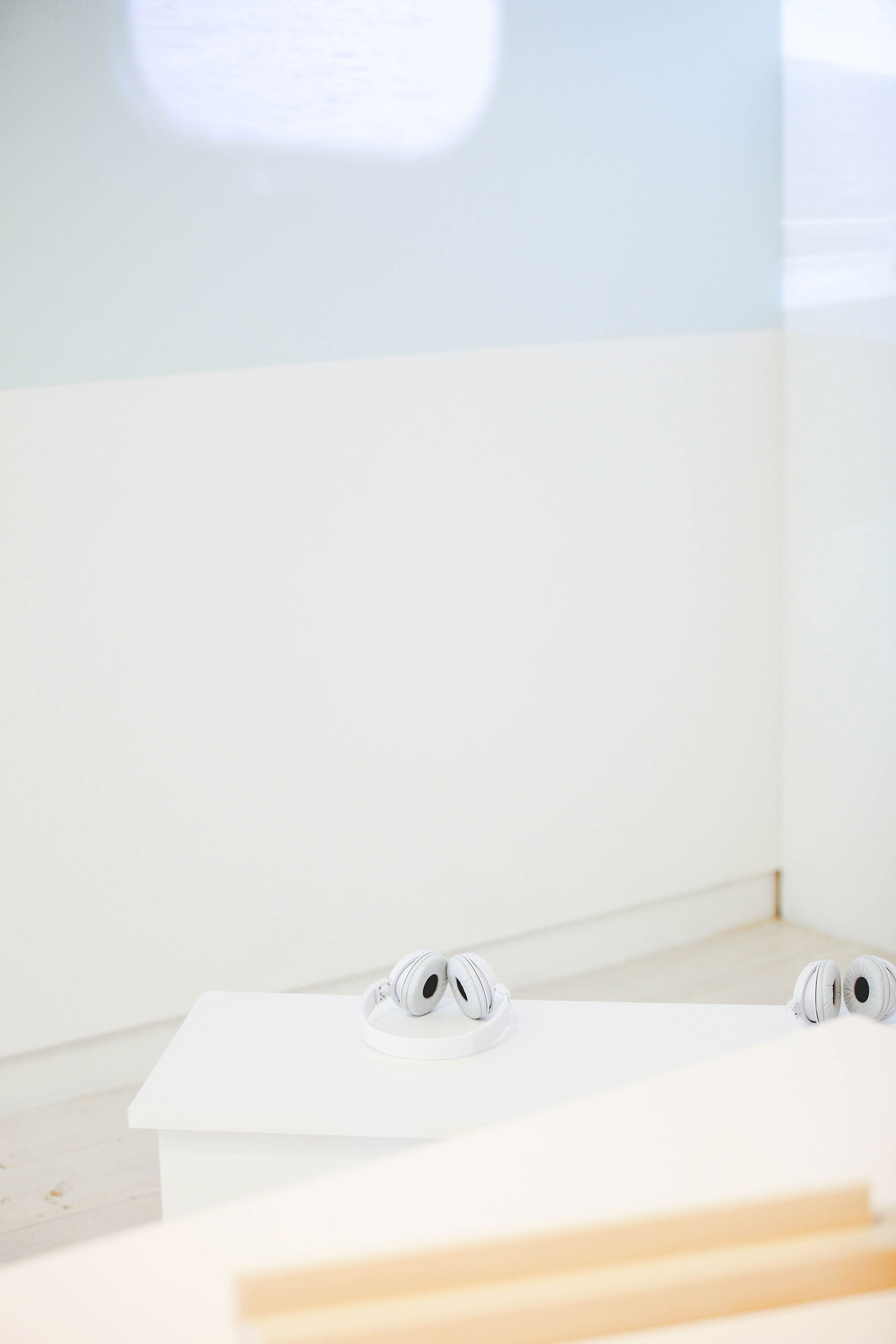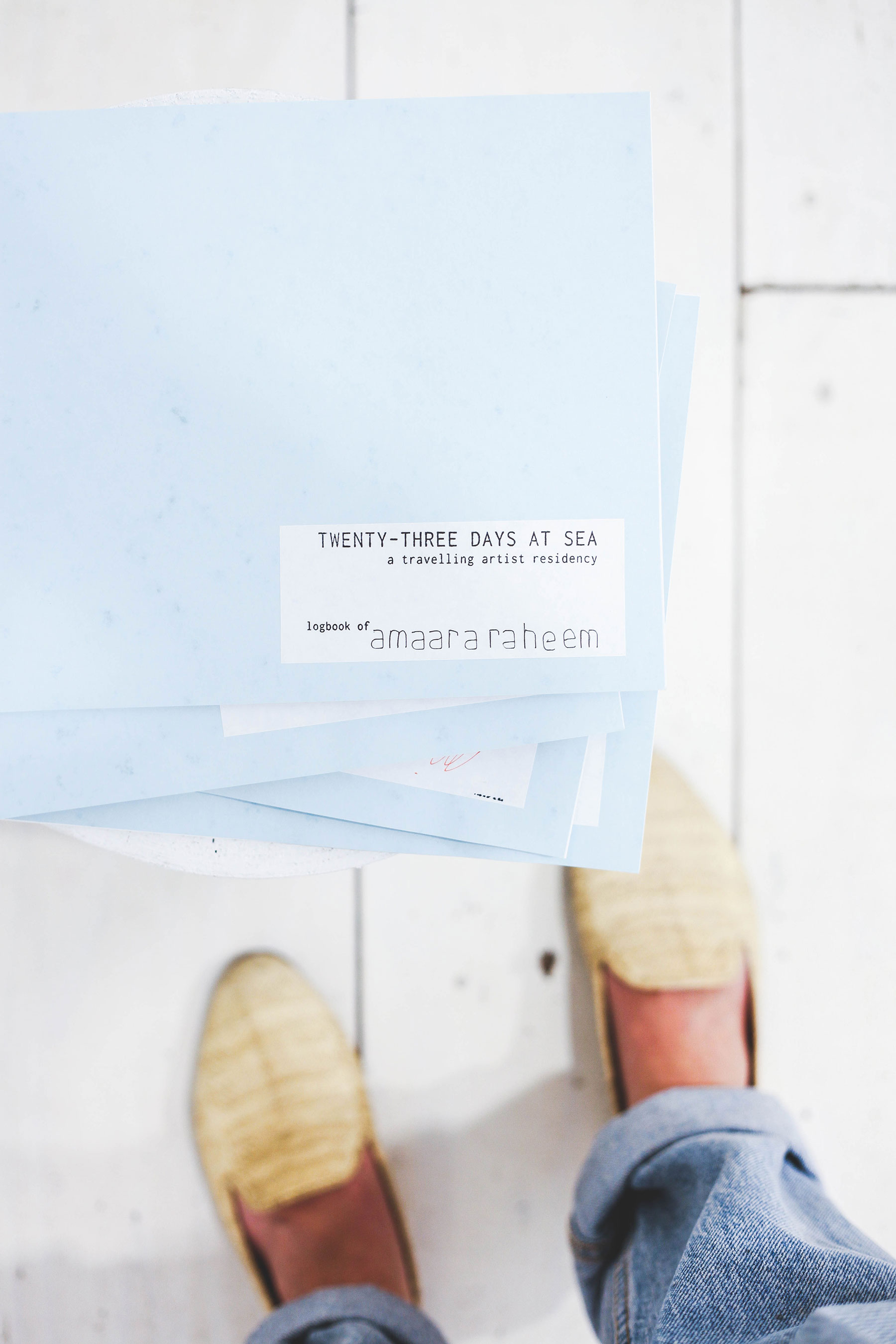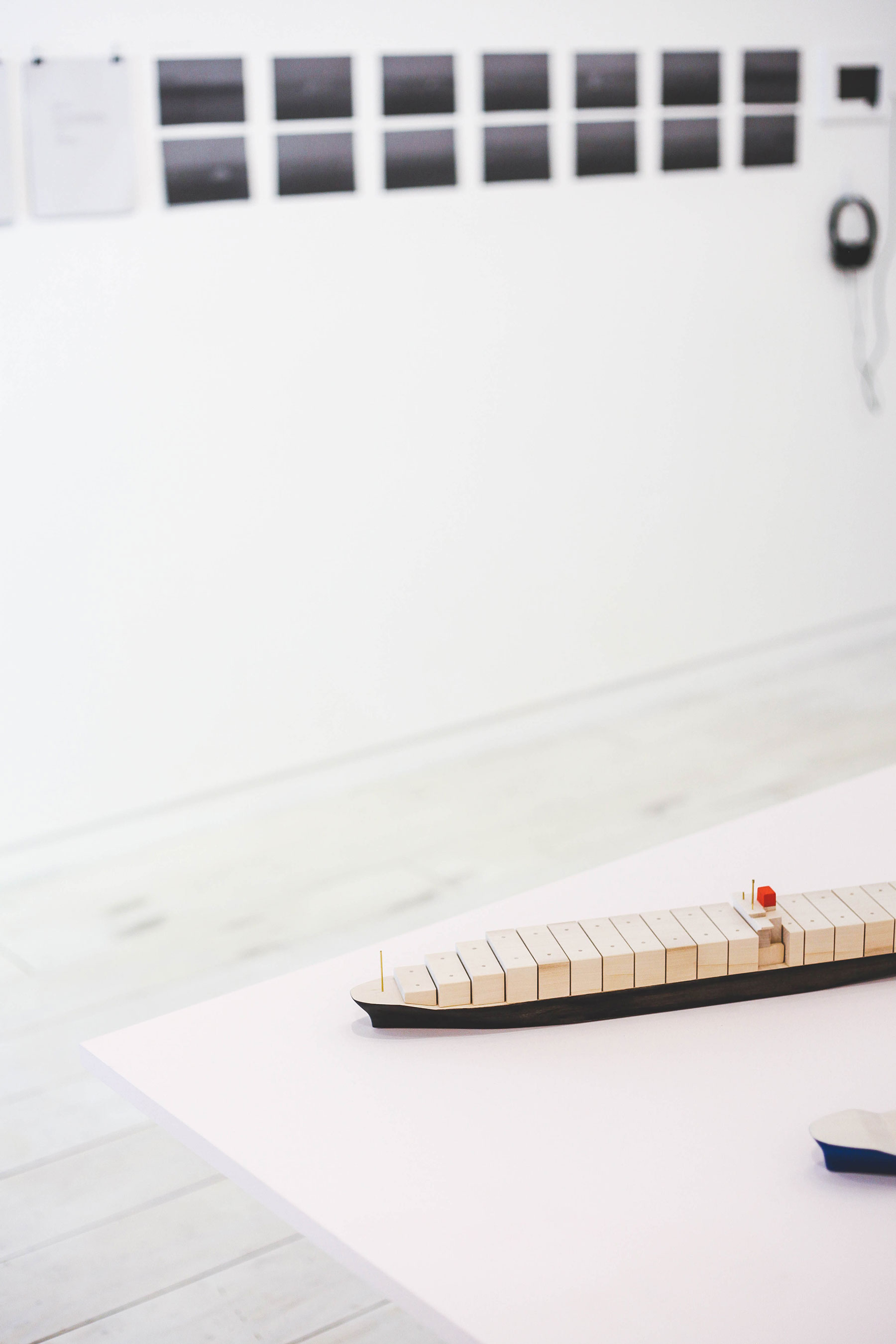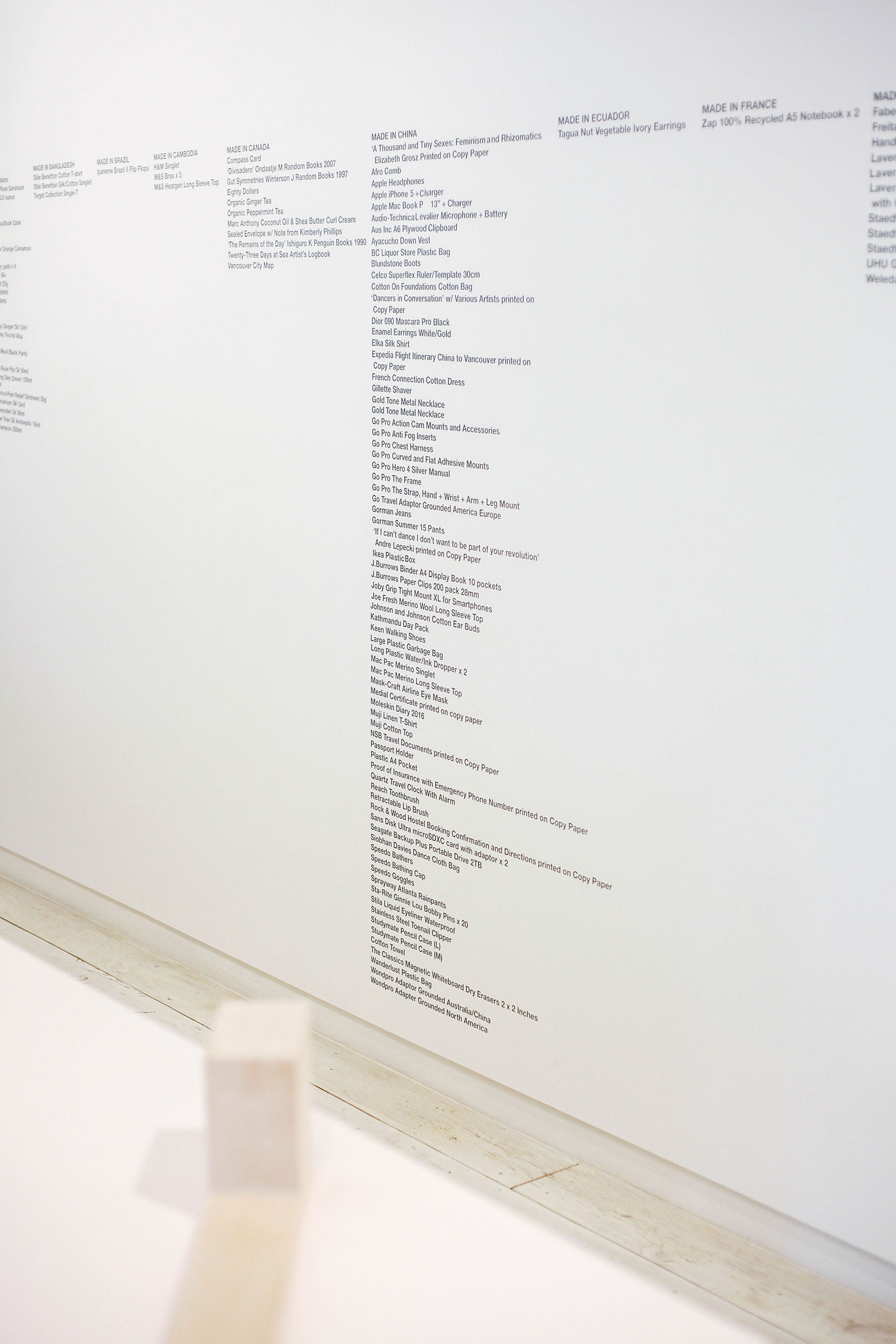Emergence – Access Gallery
Written by Alison Sinkwicz
“Emerging artist” is a term thrown around quite often. Printed in exhibition descriptions, tossed into conversations—or, god forbid, used on Linkedin profiles—the label carries many connotations, but very little weight. Exactly what are these artists “emerging” into?
Access Gallery, which surfaced in 1991, has been asking this type of question of its artists, collaborators, and audiences since the very beginning. “Access was started by a group of recent University of British Columbia grads because they really needed the space—a place to discourse,” says current director and curator Kimberly Phillips, who joined in 2013. “So it was born more out of a particular need for space literal space, but also discourse space. And it’s been a really scrappy institution since then.” Joining other long-standing artist-run-centres in Vancouver, Access fosters the ability for engaging, provoking work to exist and thrive in the city.
For Access, “emerging artist” is definable, but certainly not rigid. “We understand an artist or a practice to be emergent when it can demonstrate a rigour and criticality, but hasn’t had big opportunities yet, or is in need of visibility,” explains Phillips. An artist could be a recent graduate or, perhaps, have made a departure from previous practices. As Phillips puts it: “We always ask the question: does this practice/artist need the platform of Access to generate meaningful, critical conversations around their work?”
Through the decades, the gallery has continued its mandate—a task that is becoming increasingly difficult in the city’s seemingly endless reduction of affordable land. For Phillips, however, the issue of space poses a compelling challenge. “As a curator I’m really interested in working with constraints, and there are a lot of constraints at Access: spatially, fiscally, and otherwise—but those constraints can be really exciting and enabling,” laughs Phillips. In the centre’s 23 Days at Sea residency, Access, in partnership with the Burrard Arts Foundation and the Contemporary Art Gallery, plays with the concept of restraint, and what can be produced within a limited environment. Chosen artists work for 23 days aboard a Reederei NSB container ship that travels from Vancouver to Shanghai. Under these very constricting circumstances, and cut off from the usual lines of communication, the artists produce a series that reflects on their solitary time on the ship. “[The residency] is in part motivated by the inability to do things,” Phillips says. “We can’t afford to host people here, but it allows us to ask questions about: Where is creative space? Where does it get constituted?”
While there are constraints, Access is doing what it can on the home front. By inviting more established thinkers and artists such as Liz Magor and Ian Wallace to converse with exhibiting participants, Phillips has expanded the audience of the centre. “What’s been amazing is these established artists always say that they learn a lot from those conversations,” she says.
Dialogue, after all, is perhaps the most important function of the artist-run-centre. Unlike profit-motivated galleries, this shared-space format both responds and reacts to its environment with more immediacy. “It’s really important to pay attention to the way practices change, and they change constantly,” Phillips says, thinking about the future of such establishments. “So it may be that the nature of how you need or require or articulate space changes, and that could change remarkably over the next 10 years. I think you need to continually ask yourself those questions: Why you do what you do?”
For Access, and more specifically for Phillips, facilitating those types of queries and adaptations is a critical part of her work. Rather than dictating direction, her role requires a lighter touch. “I kind of think often of my work as akin to that of a choreographer,” she muses. “You have an idea of what bodies you want to put in the room, and you kind of choreograph to the best of your ability a series of actions.” She continues: “But then those forces have their own way of interacting, and the forces that are created have reverberations that are out of your control, which is really exciting.” Where we end up may be unknown, but incredible talent will surely emerge.

